This article was medically reviewed by Troy A. Miles, MD. Dr. Miles is an Orthopedic Surgeon specializing in Adult Joint Reconstruction in California. He received his MD from the Albert Einstein College of Medicine in 2010, followed by a residency at the Oregon Health & Science University and fellowship at the University of California, Davis. He is a Diplomat of the American Board of Orthopaedic Surgery and is a member of the American Association of Hip and Knee Surgeons, American Orthopaedic Association, American Association of Orthopaedic Surgery, and the North Pacific Orthopaedic Society.
There are 22 references cited in this article, which can be found at the bottom of the page.
This article has been viewed 182,391 times.
Experts agree scoliosis may cause uneven shoulders, an uneven waistline, and your shoulder and hip to be higher on 1 side. You might notice these changes in posture because scoliosis is a sideways curvature in your spine, which typically develops during a growth spurt.[1] Research suggests that many cases are mild, but scoliosis can cause long-term issues if it becomes severe. Fortunately, there are treatment options to help prevent further curvature of your spine or to straighten it.[2] If you suspect that you or your child has scoliosis, talk to your doctor to get a proper diagnosis and to learn about your treatment options.
Steps
Getting Diagnosed
-
1Look for a perceived deformity. A perceived deformity is usually the defining feature before a diagnosis. Most people will see a physician after a spinal deformity becomes clearly visible. This presents as an asymmetrical appearance of the waist, shoulders, rib cage, or spine.[3] Scoliosis usually presents without pain.[4]
- If an individual is experiencing a lot of pain associated with scoliosis, it is necessary to do a full workup to determine the cause.
-
2Watch for the symptoms. Since scoliosis is usually pretty mild, it's not easy to detect. Parents don't always notice it in their children, since it develops slowly and causes almost imperceptible changes in appearance. Scoliosis testing is mandatory in some school systems, and teachers or school nurses are often the people who first notice the presence of the condition. These signs that scoliosis might be present are:[5]
- Uneven shoulders.
- One prominent shoulder blade.
- Uneven waist or hips.
Advertisement -
3Visit the doctor for an assessment. Scoliosis can develop any time through adolescence, and it's important to visit the doctor right away if you notice a curve in yourself or your children. The doctor will have the patient bend forward toward the floor, which makes the presence of a curve more visible. He or she will also take X-rays of the person's back to determine if a curve is actually present. From there, a course of treatment, if any, will be outlined.[6]
- If the curve is mild, the doctor might want to monitor the curve to make sure it doesn't get worse.
- The patient’s age, sex, curve type, and curve placement will be taken into account when deciding what treatment to pursue.
- Additionally, your doctor will evaluate any family history as well as any associated pain.[7]
-
4Learn how scoliosis is defined. Since every person's spine is a little different, there's no one way to define how scoliosis will look and progress. Sometimes the curve is slight, and sometimes it's pronounced; sometimes the spine curves in more than one place, and sometimes just in one. The main factors that doctors take into account when defining scoliosis are:[8]
- The shape of the curve. Scoliosis is either structural, with a side to side curve and twisting of the vertebrae, or nonstructural, with a simple side to side curve and no twisting.
- The location of the curve. The vertebrae located at the highest part of the hump, called the apical vertebrae, is used to define the scoliosis.
- The direction of the curve. The doctor will determine whether the curve bends to the left or right as part of the description of the individual’s particular progression. This is important to take into consideration for treatments and possible issues that may arise if the spine interferes with other internal physiological processes.
- The magnitude of the curve. The angle and length of the curve are measured as well. This measurement will help to define the severity, as well as the necessary corrective alignment that needs to be achieved to bring the spine back to a more natural state.[9]
-
5Rate the scoliosis. The Lenke Classification is a system of scoliosis classification that was first introduced in 2001. It is used by specialists to rate the severity of scoliosis, especially in adolescents. This system is generally only used by a doctor who specializes in spine surgery of children — most orthopedists will not necessarily be familiar with this system. The components of this system include:[10]
- Curve type — Rated on a severity scale of 1-6.
- Lumbar spine modifier — Rated on a scale of A-C.
- Sagittal thoracic modifier — Rated as either, (-) negative, N, or (+) positive.
- This modifier, which measures what is known as the Cobb angle, assigns a value of either -, N, or +, depending on the angle of kyphosis, or curvature, of the spine.[11]
-
6Determine the causes. Eighty percent of the time, the cause of scoliosis is unknown, although there is evidence showing that it might be an inherited condition. Cases with an unknown cause are referred to as idiopathic scoliosis. Onset of this condition can happen any time between infancy and adolescence. The remaining percent of cases have specific causes, which include:[12]
- Cases caused by birth defects, called congenital scoliosis, which is much more severe and typically calls for more extensive treatment.
- Neuromuscular scoliosis, which is when there are problems when the spine develops. This develops in people with other disorders, such as cerebral palsy, a spinal cord injury, or a damaged nervous system.[13]
- Functional scoliosis, which is a form where the spine develops normally but becomes abnormal because of a problem somewhere else in the body, such as one leg being shorter than the other or muscle spasms of the back.[14]
-
7Know the potential complications. In most cases, the curve is minor and won’t require treatment. The doctor will simply monitor the progress of the curve to see how things progress, only suggesting treatment if the curve changes over time. However, severe scoliosis can result in deformity, breathing problems, heart problems, long term back pain, and noticeable appearance aberrations.[15]
- It's important to have any type of scoliosis monitored as soon as it's detected.
- Your treatment regimen will be personalized and dependent on your own situation on a case-by-case basis. Your doctor will assess and provide you the best treatment regimen.
Receiving Treatment
-
1Monitor the curve of the spine. Your physician will advise as to how often you or your child should come in for new X-rays to see if the curve has gotten worse. A checkup every four to six months is usually recommended. As children grow, the curve often stops developing, requiring no intervention whatsoever. If the scoliosis worsens, further treatment may be required.[16]
-
2Wear a brace, if necessary. Braces are the first line of treatment for scoliosis that has been deemed moderate in size, which is when the curve is 25 to 40 degrees. It is also suggested for cases progressive in nature, which is when the curve is growing more pronounced. They are usually only used when a person’s bones haven’t yet stopped growing, since they don't have a significant effect on fully developed bones. The use of braces is usually discontinued when a person reaches puberty. Bracing may help prevent a curve from getting larger, but it doesn’t usually correct it altogether.[17]
- There are two types of braces, soft braces and hard plastic braces. The type of brace a physician prescribes depends on a number of factors, such as the location and size of the curve as well as the age and activity level of the patient. The sex of the patient is also important, since girls have a higher risk of progression than boys.
- Some braces are worn only at night, while others are worn up to 23 hours a day. It's important to wear your brace as often as recommended to ensure that it works properly.
-
3Ask your doctor about spinal fusion surgery. This is a last-resort method of treatment for severe cases of scoliosis that threaten to cause deformity, breathing problems, or heart issues. Spinal fusion surgery is usually recommended only after a person has reached puberty, when bracing is no longer a viable option, and increased curvature of the spine due to growth spurts is reduced.[18]
- Spinal fusion surgery involves connecting vertebrae together so the spine can’t curve. The doctor will implant a metal rod or similar device to keep the spine from further increasing its curvature after surgery.
- The procedure differs depending on the type of scoliosis and the age of the patient. Your doctor will assess the severity of your condition as well as responses to other treatments in order to determine if this procedure may be an option. Most patients with neuromuscular scoliosis will eventually need this kind of surgery to fix the curve in the spine.[19]
Considering Alternative Treatments
-
1Try exercising. Studies are inconclusive, but they point to the idea that participation in physical activities might help you deal with symptoms associated with scoliosis (i.e. mild back pain). If your child has mild scoliosis, talk to a doctor about what physical activities are healthy, safe options. Team sports and other forms of exercise are usually recommended.[20]
- Physical therapy may serve the same purpose as participation in a sport or physical activity.
- Being active is helpful for adults with scoliosis as well.
-
2Have chiropractic manipulation. Studies have shown positive results in patients who took part in chiropractic treatments. Patients in a specific study reported positive physiologic benefits immediately after completion of a treatment regimen, with continued positive benefits 24 months later. The chiropractic manipulation is based around an exercise program that was used in order to prevent the natural progression of adult scoliosis.[21]
- If you decide to pursue chiropractic treatment, be sure to see a licensed chiropractor who doesn’t make promises that aren’t scientifically backed. The American Chiropractic Association has a search feature that will help you find a chiropractic doctor in your area.
- To find a good chiropractor, ask your doctor who she would recommend. You can also ask your family or friends. Before you go in for an appointment, talk to the chiropractor, either on the phone or in person, about his or her practice, how the practice is run, and if he or she can help with chiropractic manipulation.[22]
- There is also no evidence that chiropractic treatment makes a difference when it comes to a scoliosis curve, but it can help with the pain associated with scoliosis.
-
3Ask about pain treatments. If you are experiencing pain as part of your scoliosis, you might consider treatments that relieve pain but don't correct the curve. Scoliosis can cause back pain that's treatable using alternative medical practices. You can take over the counter pain medication, such as NSAIDs, or anti-inflammatory injections if the pain is not too severe.[23] There are other treatments as well.
- Acupuncture is a method that can help reduce the pain of scoliosis.
- Also try yoga or massage for back pain. These methods have not been proven to affect the curve of the spine, but they are both safe and effective ways to deal with back pain since they loosen and strengthen the muscles.[24]
-
4Try biofeedback. Biofeedback is an alternative treatment that has been recommended for possible relief from scoliosis symptoms. Biofeedback is a treatment method where you become aware of your body's reactions and learn to control them through your actions.[25] One study was conducted where patients with scoliosis were received notification from a biofeedback device that they had bad posture every so often and were asked to correct it.
- Although no major, long term studies have been done, almost 70% of patients saw some improvement in symptoms during the course of this study.[26]
-
5Ask your doctor about electrical stimulation (ES). There is an alternative method that may help with scoliosis symptoms in children. To be eligible for ES, a child needs to have a less than 35 degree curvature of the spine, have idiopathic scoliosis, and have at least two years of skeletal growth remaining in her life.[27] It must be done in conjunction with physical therapy. To perform ES, an ES device is used on the child. Electrodes are placed between the ribs on the side of the chest or torso, directly under the arm, in line with the area of the back that is most affected by the curve. The cycle of ES is typically done at home over night, where up to eight hours of stimulation if performed on the muscles while the child sleeps.
- The effectiveness of the treatment and the levels of ES are constantly checked by the physical therapist.
- Although this is still a controversial treatment.
References
- ↑ https://www.hopkinsmedicine.org/health/conditions-and-diseases/scoliosis
- ↑ https://www.hopkinsmedicine.org/health/conditions-and-diseases/scoliosis/5-facts-about-scoliosis-every-parent-should-know
- ↑ Stirling AJ, Howel D, Millner PA, et al. Late-onset idiopathic scoliosis in children six to fourteen years old. A cross-sectional prevalence study. J Bone Joint Surg Am. 1996 Sep. 78(9):1330-6
- ↑ https://my.clevelandclinic.org/health/diseases/15837-adult-scoliosis
- ↑ https://www.nhs.uk/conditions/scoliosis/
- ↑ https://www.aans.org/Patients/Neurosurgical-Conditions-and-Treatments/Scoliosis
- ↑ https://www.hopkinsmedicine.org/health/conditions-and-diseases/scoliosis/5-facts-about-scoliosis-every-parent-should-know
- ↑ https://www.aans.org/Patients/Neurosurgical-Conditions-and-Treatments/Scoliosis
- ↑ https://www.aafp.org/pubs/afp/issues/2014/0201/p193.html
- ↑ https://www.ncbi.nlm.nih.gov/pmc/articles/PMC6259994/
- ↑ Stirling AJ, Howel D, Millner PA, et al. Late-onset idiopathic scoliosis in children six to fourteen years old. A cross-sectional prevalence study. J Bone Joint Surg Am. 1996 Sep. 78(9):1330-6
- ↑ https://www.nhs.uk/conditions/scoliosis/
- ↑ https://www.spine-health.com/conditions/scoliosis/types-scoliosis
- ↑ https://www.spine-health.com/conditions/scoliosis/types-scoliosis
- ↑ https://medlineplus.gov/ency/article/001241.htm
- ↑ https://www.niams.nih.gov/health-topics/scoliosis/diagnosis-treatment-and-steps-to-take
- ↑ https://orthoinfo.aaos.org/en/treatment/nonsurgical-treatment-options-for-scoliosis/
- ↑ https://orthoinfo.aaos.org/en/treatment/spinal-fusion/
- ↑ https://www.childrenshospital.org/conditions/neuromuscular-scoliosis
- ↑ https://www.spine-health.com/blog/scoliosis-exercises
- ↑ https://www.ncbi.nlm.nih.gov/pmc/articles/PMC3259989/
- ↑ http://www.spine-health.com/treatment/chiropractic/how-select-best-chiropractor
- ↑ https://www.nhs.uk/conditions/scoliosis/treatment-in-adults/
- ↑ https://health.clevelandclinic.org/yoga-for-scoliosis/
- ↑ https://www.ncbi.nlm.nih.gov/pmc/articles/PMC6630342/
- ↑ http://www.ncbi.nlm.nih.gov/pubmed/11411007
- ↑ https://pubmed.ncbi.nlm.nih.gov/7782353/
About This Article
To treat scoliosis, make sure to get diagnosed by a doctor if you haven’t done so already to ensure that you get the best and safest treatment. Then, follow your doctor’s suggestions, which may include things like wearing a back brace, taking pain medication, and physical therapy. You may also want to speak with your doctor about alternative treatments such as going to a chiropractor or a massage therapist. Along with regular treatment, be sure to get a checkup every 4 to 6 months to see if your scoliosis has gotten better or worse. For more advice from our Medical reviewer, including how to treat scoliosis with methods like biofeedback and electrical stimulation, keep reading.
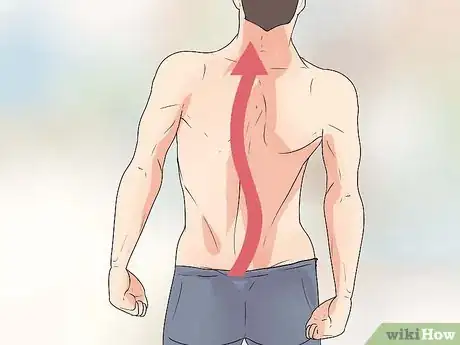
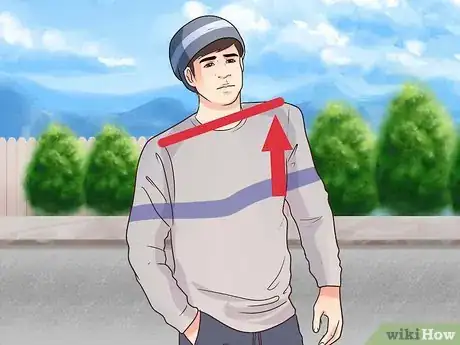
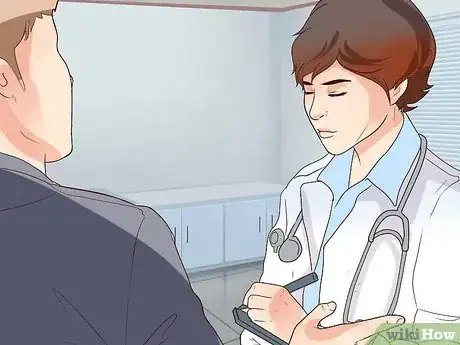
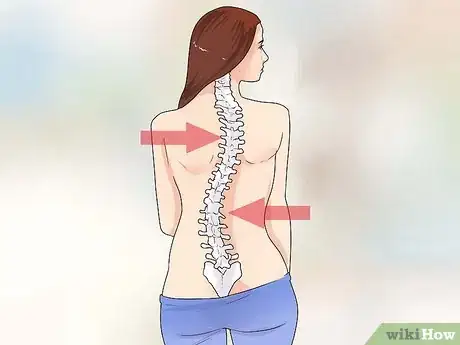
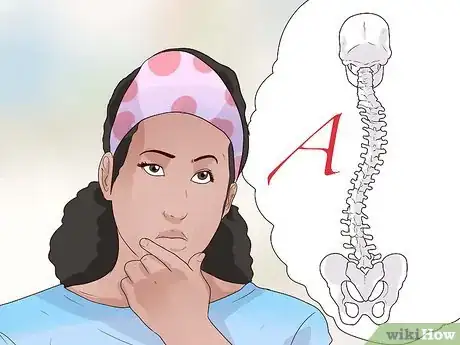
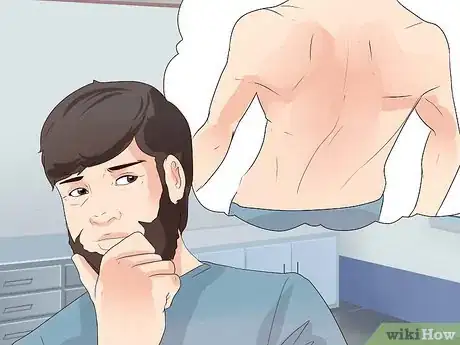
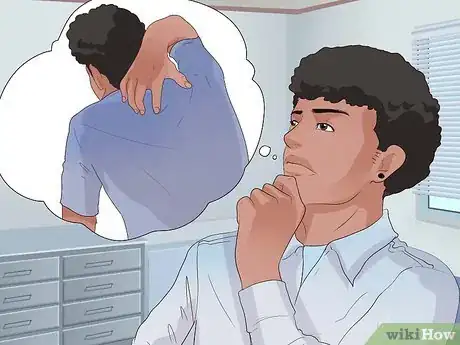
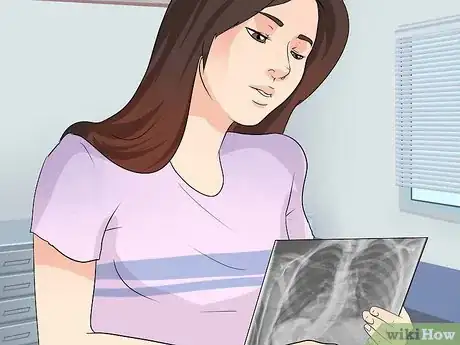
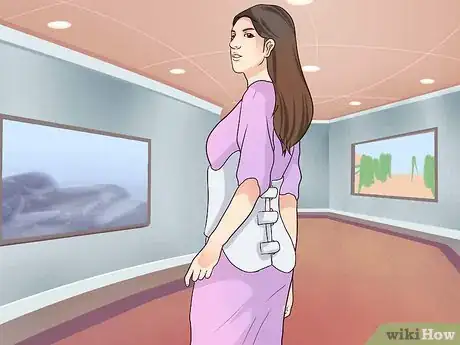
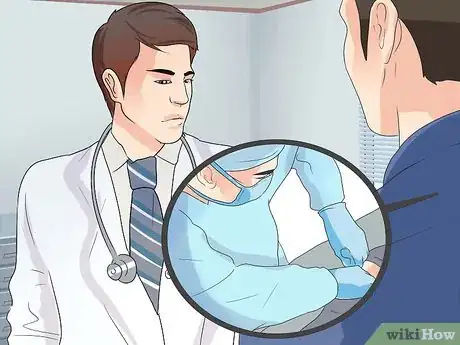


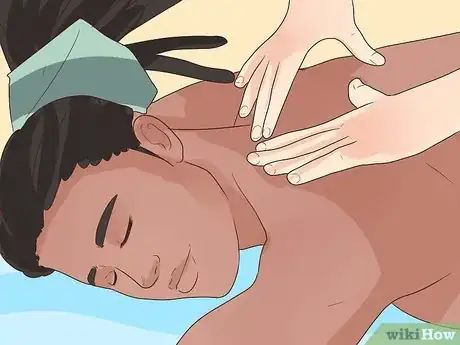
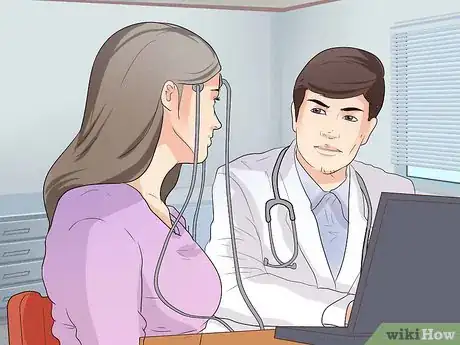
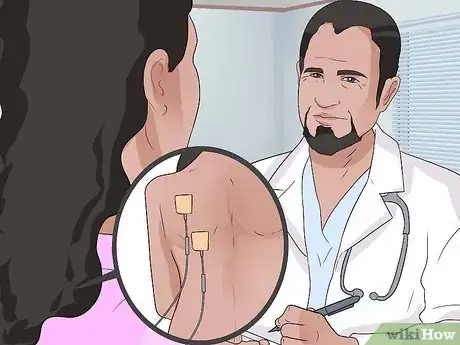
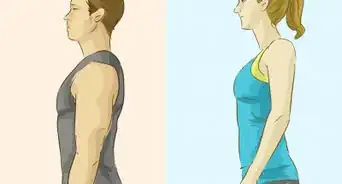
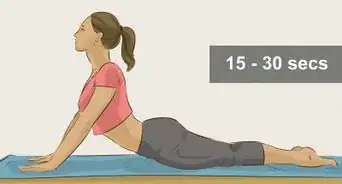
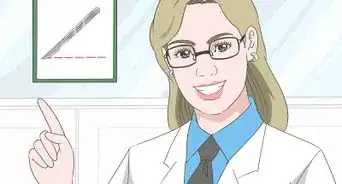
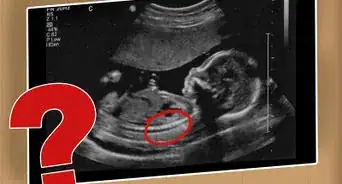

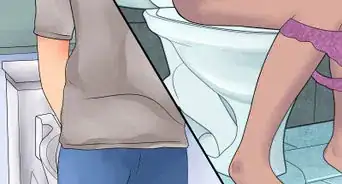
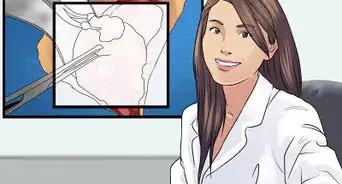
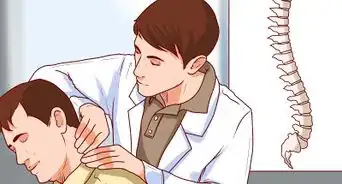
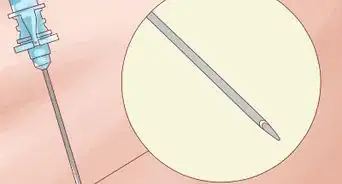
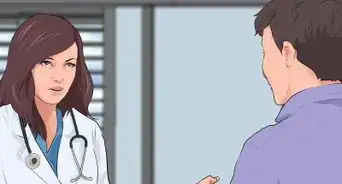
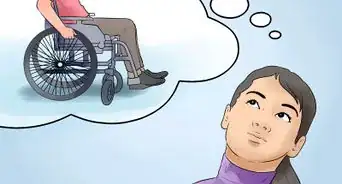
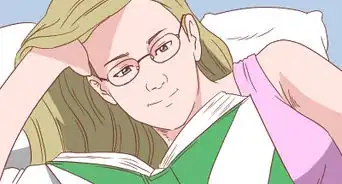

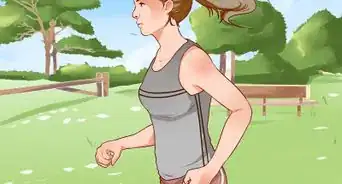












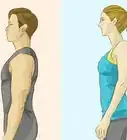


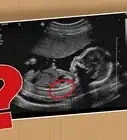



































Medical Disclaimer
The content of this article is not intended to be a substitute for professional medical advice, examination, diagnosis, or treatment. You should always contact your doctor or other qualified healthcare professional before starting, changing, or stopping any kind of health treatment.
Read More...